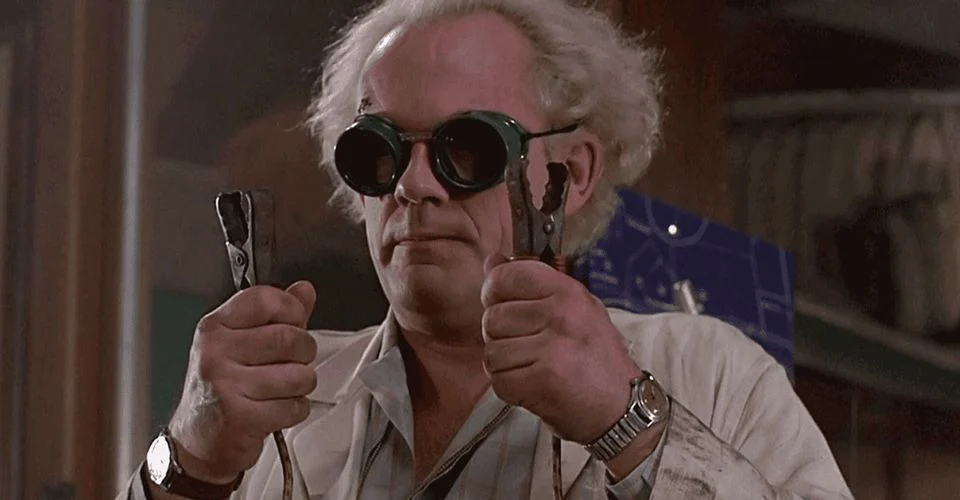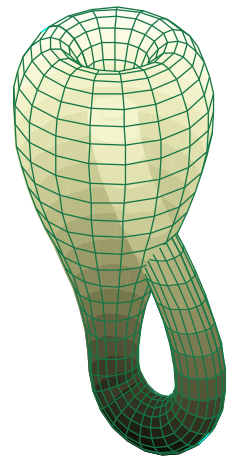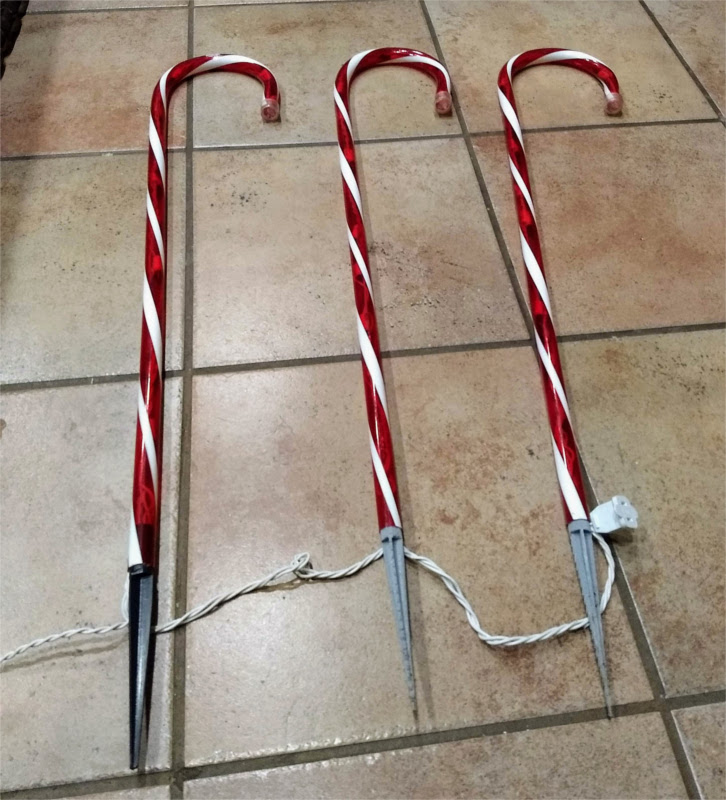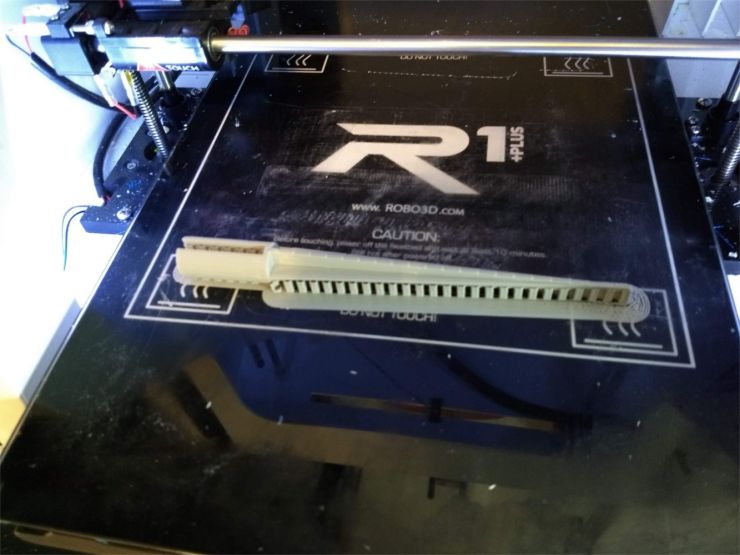Since this website is intended to get people excited about 3D printing, I thought maybe a good start would be explaining what got me really excited about it in the first place.

As I grew up, it become obvious that not a lot of credible universities offer a Bachelor of Science with an emphasis on Mad Studies. I brought my ambitions down to earth, but I held on to that desire to push boundaries, and think outside boxes, and create wild things whenever possible. I've also always been a problem solver by nature. Not to say I solve them all, just that it's in my nature to try. It becomes like a game. A sometimes cruel, unending game. As such, I'm always thinking about how to solve things, even when the issue isn't in front of me anymore.
After high school, I got a degree in computer science and started working as a programmer. Over the years I've written a fair number of programs, scripts, and tools to simplify processes and address some of the little problems and puzzles life brings. But as powerful as computers are in the worlds of math and logic, I still felt limited in my ability to make things that would be helpful in the physical world (where I happened to spend a lot of my time.) All the materials I had access to (wood, clay, cardboard...) typically didn't make for practical solutions, so a lot of ideas and designs never left my imagination or took form.

Fast forward 20 years. In 2018, I was given a hand-me-down 3D printer by a friend who needed to clear some space in his apartment. By this time I knew 3D printers were becoming more common and that there was a dedicated hobbyist culture, but to me it still didn't seem particularly useful for the average person. But I do love gadgets and I was curious, so I was excited to get started with it.
Like most people starting with 3D printing, I spent the first few weeks printing a continual stream of figures, props, and pop culture doo-dads. It was hypnotic to just to watch the thing work, and cool to tune the settings and see how they improved (or trashed) the print quality. I liked taking things I saw on the computer and turning them into something I could hold. The novelty of printing every random thing available eventually started to wear off, but in a good way. When I lost interest in looking for the next cool thing to print, I started looking at all the little practical and useful things in my world that I could print better versions of...drill jigs, laptop stands, etc... And that's when it became clear to me that a 3D printer could be very practical and useful for almost anyone. But even then, it was still just a cool hobby and a tool, not something to get passionate about.


For the first time in my life, I had solved a real-world problem almost entirely in my head, along with a little CAD work and a 3D printer. All the other times I remembered trying to make a mental design into a physical thing, figuring out how to make it was typically a bigger problem than the problem I was trying to solve. Now I felt like the distance between "the thing in my head" and a usable object had never been so short. Not only that, my design was something that was truly unique. Yeah, perhaps not in the literal sense, since the original manufacturer probably made millions of them, but it was unique in that there was basically no other way for me to get one when I needed it, and I had summoned exactly what I needed into existence. It's not exactly magic, or mad science, but it might as well have been for me.
In the time since I made those stakes, I have designed a lot of random things, from brackets and door closers to display stands and keycaps. I still get a bit of a rush when I take something all the way from a thought to a print. I've shared several designs on Thingiverse (username GillWinkle), but most of the things I design are way too specific to my needs, or way too ugly for me to show the public.
So people print different things for different reasons. I still like printing figures and designs other people have made. But the thing I deeply connect with is the way it lets me give physical shape to some of my ideas. And it inspires me to keep learning about 3D printing and trying things. Adding skills to my tool belt may later enable me to solve a new problem, in ways I couldn't expect.
So that's my story. I welcome comments and suggestions. For those of you who are already printing, what got y'all involved? And for anyone on the fence, what's holding you back?